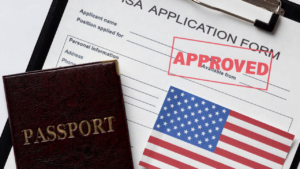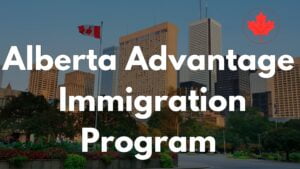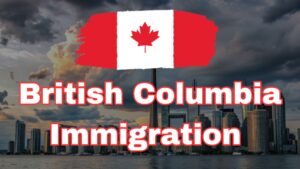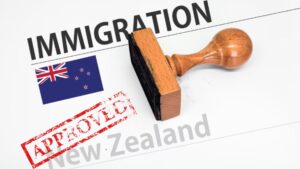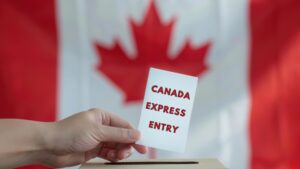The EB-5 Visa Lifecycle: From Initial Investment to Green Card Approval
The EB-5 visa is one of the potential paths to United States permanent residency, under which a foreign investor has the possibility to achieve a green card by making a proper investment in the U.S. economy. However, the EB-5 visa lifecycle is very complicated, with many stages of immense personal, professional, and financial importance. Understanding this lifecycle is critical to making an informed decision about the opportunity presented by the EB-5 program and for the positive maximisation of associated benefits. Before Filing the I-526E Petition The official lifecycle of the EB-5 visa commences with the filing of the I-526E petition, but before that time, there are several important steps to take. Analysis of the Source of Funds (SoF) The primary one is a source of fund analysis. The EB-5 visa investment will only be made using funds acquired by legal means, and supporting documents to prove this have to be presented. This is to ensure that no unneeded delays or even an outright denial of the petition I-526E process happen. Choosing Whether to Direct or Regional Centre Investment Investors have to consider whether they will be making a direct investment or using a regional center. With regional centres, the investment is usually less risky because a regional centre would be the one to manage the actual investment and the obligation to create jobs. How to Select an Appropriate Regional Centre Project When using a regional centre, care should be taken to consider several regional centres and projects. This would be done in consideration of the location of the project, whether it could create jobs, and if it was under a targeted employment area with a priority in processing. Filing of the I-526E Petition The I-526E petition is the actual application for an EB-5 visa. The date of filing this petition is the priority date that is important to be considered, particularly with respect to visa availability and potential backlogs. Key Points Concurrent Filing with AoS:Under the EB-5 Reform and Integrity Act in 2022, foreign investors in the U.S. may file for Adjustment of Status (AoS) concurrently with the I-526E petition. That means an investor can apply for the Employment Authorisation Document and Advance Parole while waiting for the approval of the petition. Benefits of EAD and AP:The EAD allows the investor to work anywhere in the U.S., and the AP enables the investor to travel outside the U.S. with very limited restrictions. All these benefits are provided within six to eight months of filing the I-526E petition. EB-5 Investment Deployment To be eligible for I-526E approval, the investor must deploy either the required quantity of investment, which is either $800,000 for targeted employment area projects or $1,050,000 for those projects not in targeted employment areas. The majority of investors make investments immediately upon potential notification from the USCIS with regard to the receipt of the I-526E petition. I-526E Approval The I-526E application, by all expectations, may take an average of 12–18 months before approval. For investors already in the U.S., the processing means the I-485 petition for adjustment of status. For investors who do not reside in the U.S., consular processing must be used, which may lengthen the process by six to eight months. Two-Year Conditional Permanent Residence Upon approval of the I-526E, after the process of the Adjustment of Status or Consular Processing is completed, the investor and eligible dependents shall be granted a two-year conditional green card. Such conditional status by the investor shall be required to fulfil the at-risk investment and job creation requirements of this visa category to be eligible for the removal of conditions. Removal of conditions Conditions can be removed from a green card only if the investor files the I-829 petition 90 days before the conclusion of the two-year mark. The period of three to four years that the approval is pending extends the status of an investor. Such a condition as removal and issuance of an unconditional green card is considered the end of the immigration portion of the lifecycle of the EB-5 visa. Recovery of Investment The last step in the EB-5 visa’s life cycle is the return of the initial investment. It might not be guaranteed, but a well-made determination typically reaps success for the return of an $800,000 investment with an EB-5 financial professional who is regulated by the SEC and FINRA. The return on this investment usually occurs in the 4 to 6 years following the original deployment, which truly marks the end of the EB-5 visa life cycle. CONCLUSION The EB-5 visa is a process that, with the right planning, handling, and understanding about the different junctures, is synonymous with stepping on eggshells. It is from the very first step of source of funds analysis, which needs to be conducted thoughtfully, up to the very last one of investment recovery, that forms the backbone of any successful EB-5 visa process. With experience and current knowledge, investors can increase their chances of obtaining a U.S. green card and developing a financial future.

